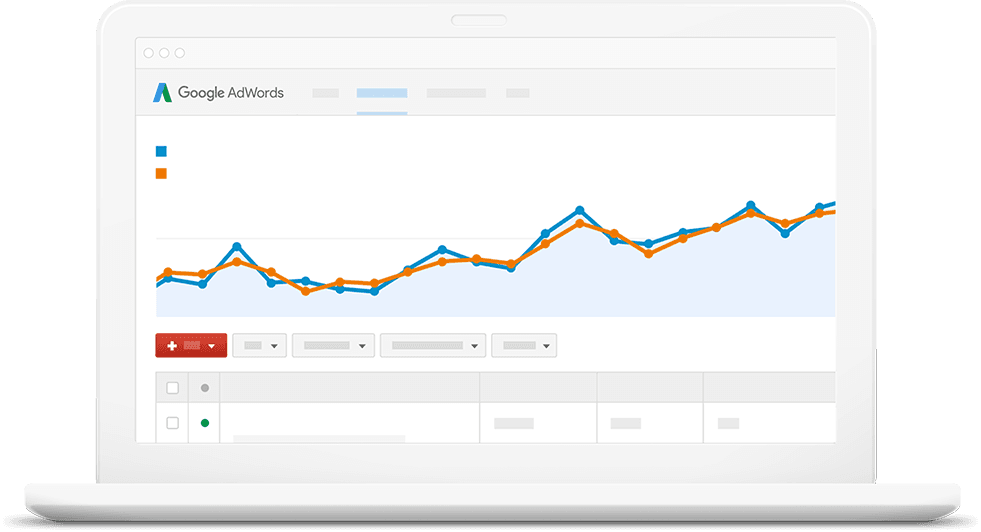For a while, it really felt like brands were beginning to embrace online communities as a way to directly connect with people as human beings. But over the years, that idealistic vision of genuine two-way exchange eroded. Brands got lazy by posting irrelevant content and social networks needed to make money.
Let’s call it what it is: Social media marketing is now advertising. It’s largely a media planning and buying exercise — emphasizing viewed impressions. Brands must pay if they really want their message to be seen. It’s the opposite of connecting or listening — it’s once again broadcasting.
Twitter’s Dick Costolo recently said that ads will “make up about one in 20 tweets.” It’s also no secret that Facebook’s organic reach is on life support, at best. And when Snapchat launched Discover, it was quick to point out that “This is not social media.”
We’re back to business as usual. Sure, there have been powerful advances in ad tech. Media is more automated, targeted, instant, shareable and optimized than ever before. But is there anything really social about it? Not below its superficial layer.
Once you come to terms with this reality, there are a number of things that you can do as marketers to make the most of this era of #NotReally social media marketing. Here are five:
1. Open your wallet. Remember when social media used to be called unpaid media? Those days are over. Marketing on social networks today requires a shift in mindset — one that considers social networks, like Facebook and Twitter, as any other ad-supported media properties. They have targetable mass audiences that you can reach if you’re willing to allocate a chunk of your media budget. Fact: You will need to spend more money in social media than you have in the past.
3. Show restraint. Don’t get caught up in posting (and promoting) innocuous content because it’s earning what feels like a lot of social currency. The art of creativity and the science of brand strategy shouldn’t be tossed out the window just because you can now instantly publish. Stay true to your brand and only post when you have something relevant, useful, and/or valuable to share.
4. Measure what matters. While engagement metrics are helpful in surfacing popular content, your paid media success should be measured against specific marketing goals (Hint: “Increase likes and followers” is not a business objective.) To really measure business impact requires a more thorough analytics approach beyond what social platforms natively offer, including attribution modeling and experimental design.
5. Connect the dots. Finally, social media doesn’t exist in a silo. Consumers’ media habits have become a mashup of devices, platforms and content. Use this as an advantage to plan and execute programs that work across channels. Your promoted posts should complement, connect and amplify as part of your larger marketing strategy. And the content you create? It should be customized to the unique strengths and nuances of each social platform in your mix.
All media today is essentially social media and the deep dark secret is that it’s not very social after all. Social networks are now mass-media properties. Brands must pay to play in order to get reach. Marketing is so much more than promotion (remember the four Ps?). While a social advertising strategy is the new normal, brands must not neglect their social business strategy.
It’s time to act human again. Our social networks are still a goldmine of untapped consumer insight and opportunity. There’s no reason why brands can’t use social media as a way to transform their businesses — to end business as usual — while still advertising in it, too.
By Mike Proulx.




